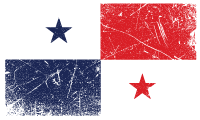

the panama canal monkey island tours panama canal transits casco antiguo panama city
Known almost exclusively for its Canal, Panama's abundance of natural and cultural wealth often goes unnoticed. Despite setting aside over 25% of its landmass for national and marine parks and indigenous people, Panama remains focused and dependent on cruise ship travel, for which it is well known. In 2019, over 300,000 passengers disembarked, sealing the Canal as the country's primary tourist attraction. Moreover, the recent christening of the new cruise terminal on Perico Island will further cement its importance.
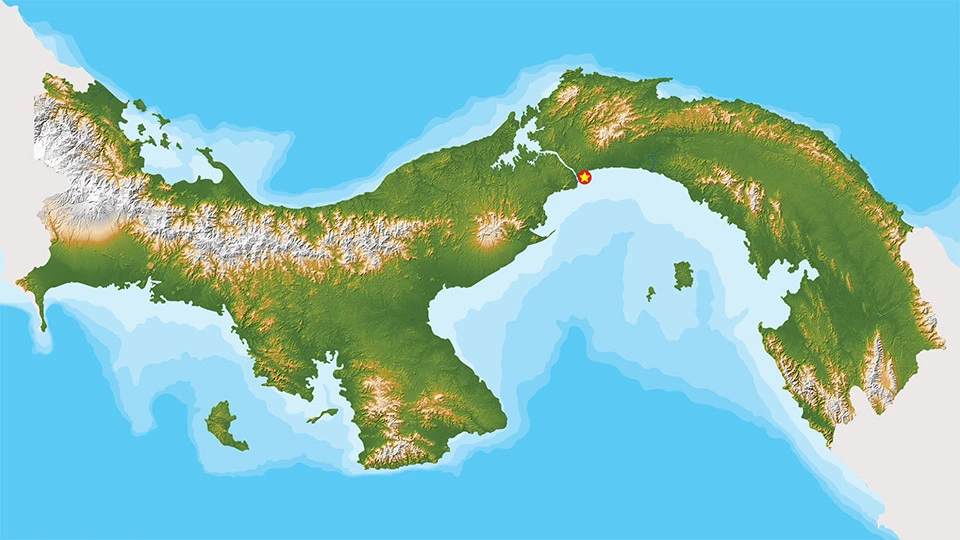
The country of Panama consists of ten provinces: Bocas del Toro, Chiriquí, Coclé, Colón, Darién, Herrera, Los Santos, Panamá, Panamá Oeste, Veraguas, and three provincial-level Comarcas, inhabited primarily by indigenous peoples: Guna Yala (San Blas), Ngübe-Buglé, and Emberá Wounaan.
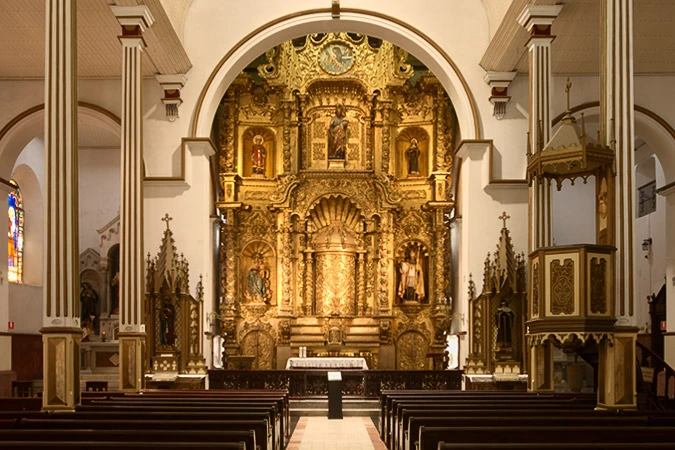
Panama's historical landmarks remain well preserved and the focus of attention. Casco Antiguo, the historic district of Panama City, was designated a World Heritage Site in 1997. With its picturesque buildings, restaurants, expansive balconies, churches, ruins, and museums, Casco Antiguo has become one of Panama's most popular tourist destinations. Among the many meaningful structures, you'll find the Metropolitan Cathedral, Municipal Palace, Church of San Francisco, National Theater, Colonial Hotel, French Park, French Embassy, Arco Chato, and Convento de Santo Domingo ruins. Casco Antiguo is also home to numerous upscale restaurants, bars, boutiques, hotels, and souvenir shops. In addition, street vendors, primarily of indigenous descent, congregate on street corners where they sell paintings, molas, etc.
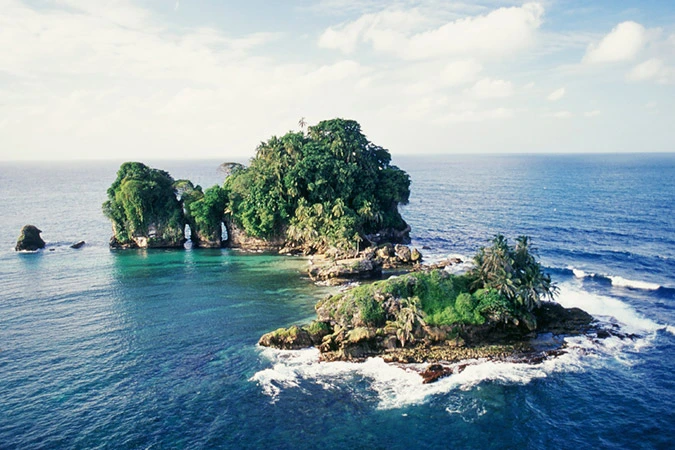
For outdoor enthusiasts looking for unbridled adventure, Panama has lots to offer. The country's 1,500+ miles of coastline are home to some of Latin America's most beautiful, white-sand beaches, providing a backdrop for the region's finest surfing, scuba diving, snorkeling, and sport fishing. Blanketed with lush, verdant rainforest — spanning the entire width of the isthmus — Panama boasts nearly 1,000 bird species and is a bird watcher's paradise. El Valle de Antón, Bocas del Toro, Boquete, Volcan, Cerro Punta, and, in particular, Pipeline Road, have become synonymous with birding. In the country's westernmost province, the Chiriqui and Chiriqui Viejo's thundering rivers deliver world-class rafting and kayaking. The famous Los Quetzales Trail guarantees hikers a memorable experience as they traverse the slopes of the Baru Volcano.
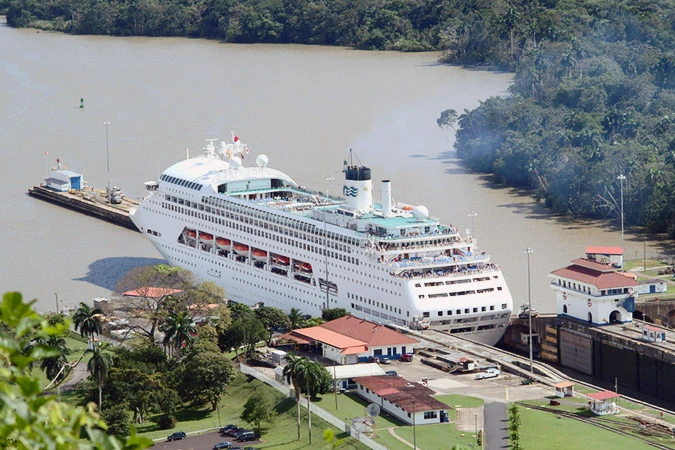
The Panama Canal is a freshwater, lock-based canal measuring approximately 50 miles in length and traversing north-northwest. Using a series of locks on both ends, the Canal acts as a freshwater elevator. Each vessel, irrespective of its type and dimensions, is lifted 85 feet above sea level to reach the height of Gatun Lake and then lowered back to sea level on the Canal's opposing side. The water for the Canal originates from a vast watershed covering 1,150 sq miles (736,000 acres), an area encompassing four different provinces and measuring 7-8 times the size of Gatun Lake.
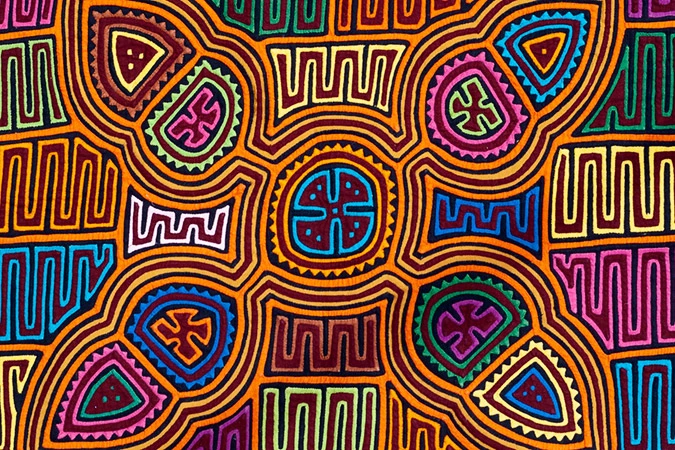
Panama's indigenous people, who comprise approximately 5-10% of the total population, still live on ancestral land, known as Comarcas, and cling to their traditional way of life. As a result, Guna Yala, or San Blas as it is most commonly known, has become one of Panama's primary attractions. The Comarca's 400+ islands, white sand beaches, and thatch-roofed huts lure tourists from around the globe. Famous for their beautiful, hand-knitted Molas, Gunas are a quiet, reserved, and hospital people, overly proud of and determined to preserve their culture and traditional, simple way of life.